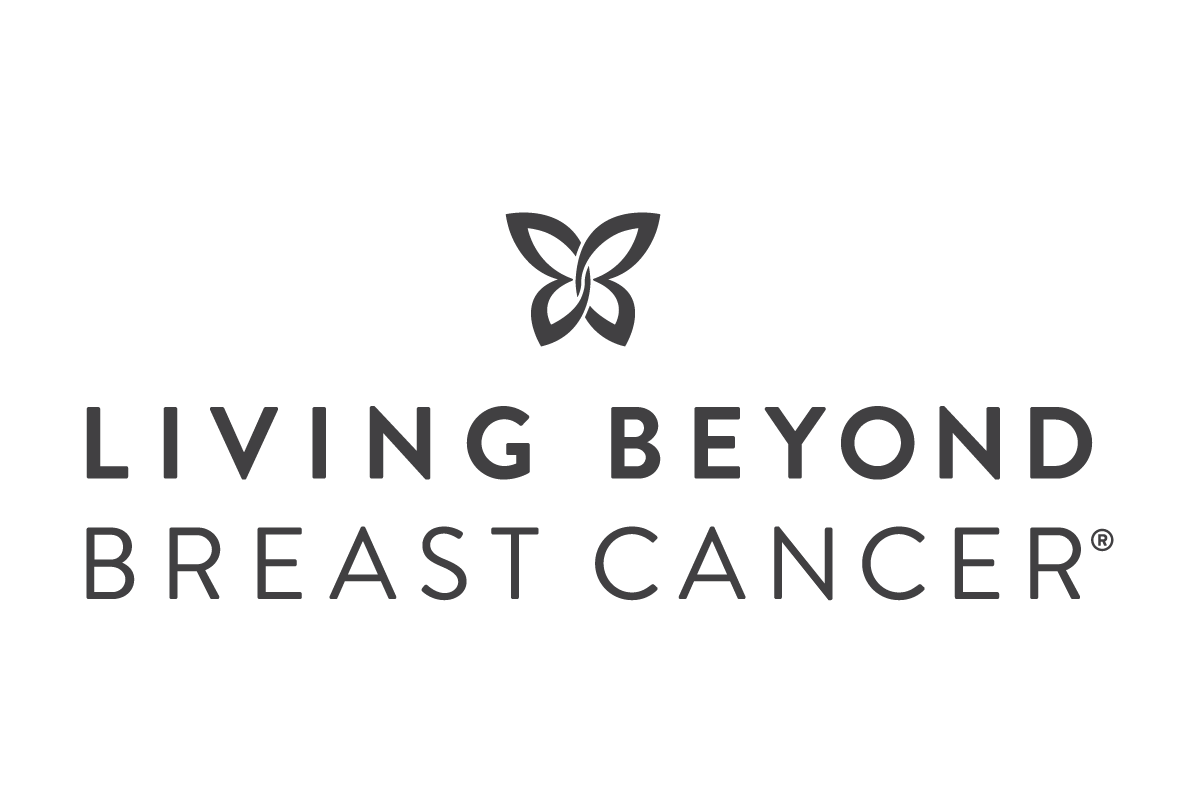Living in limbo: When cancer and COVID-19 collide
- 04/16/20
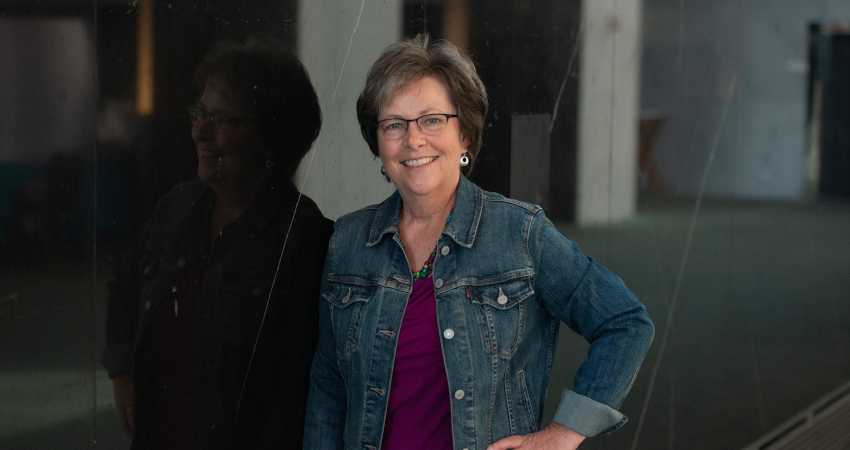
Living with metastatic breast cancer presents challenges even when we’re not living under pandemic conditions. It is a life of uncertainty and unknowns for patients, always wondering whether the cancer is sleeping, stable, or progressing and growing rapidly out of control. For those whose immune systems are compromised from treatments for the disease there are risks we’re taught to avoid. As informed patients who are living with an incurable disease, knowing when it’s safe to venture out into public or self-isolate can be a frequent consideration.
Typically, there are scans or lab tests to monitor the cancer, it’s simply a way of life for those of us who are living with this disease. Answers we receive from these tests are a necessity to monitor our health. And, as someone who fully subscribes to the “knowledge is power” mindset, they are vitally important to me.
I had a complete response to my first line of treatment after my metastatic triple-negative breast cancer diagnosis in 2016. Considered an exceptional responder, and an outlier at nearly 4 years post-diagnosis, I am an exception to the rule in the mTNBC world. I’ve remained NED (no evidence of disease) for nearly 3.5 years after having no systemic treatment since November 2016. In order to monitor for progression, I fly to MD Anderson Cancer Center in Houston for scans and an appointment with my oncologist every 6 months. My most recent appointment was in September 2019, and I was scheduled to return in March. Unfortunately, chaos ensued in early March and everything changed.
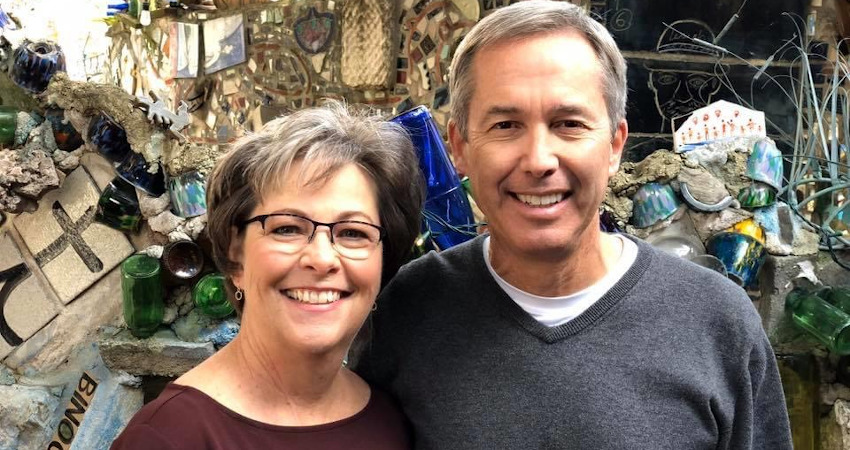
On March 8, I woke up with a scratchy throat, headache, and was feeling off in general. My husband had flown to Indiana the previous week to help care for his mother, who had suffered a mild stroke and was hospitalized. I assumed this was likely the beginnings of something simple, perhaps a common cold. Easy peasy, I told myself. But Monday I was feeling much worse, with a low-grade fever and new body aches. I still saw no reason to get overly concerned, even though news of the coronavirus was making headlines. I went about my day, running necessary errands, relying on ibuprofen to relieve the minor symptoms I was experiencing.
By Tuesday morning, my fever had risen considerably, the cough was suddenly much worse, and I was wheezing with every labored breath. My body ached as if I had the flu, and my sore throat and headache had worsened, as well. Because of the wheezing and labored breathing, I contacted my primary care physician’s office and scheduled an appointment for that afternoon. The thought that this could be coronavirus began to cross my mind. I had attended a large event the week prior and had worked at my part-time job a few days before symptoms began. I encountered hundreds of people from all over the country at the event and at work.
My doctor did several tests, including tests for the flu and strep throat and a chest x-ray, after which she pronounced my lungs to be quite “junky.” I asked if I could please be tested for COVID-19, to which I was told, that they hadn’t received test kits yet. After getting home, I took my meds then slept for the next 16 hours.
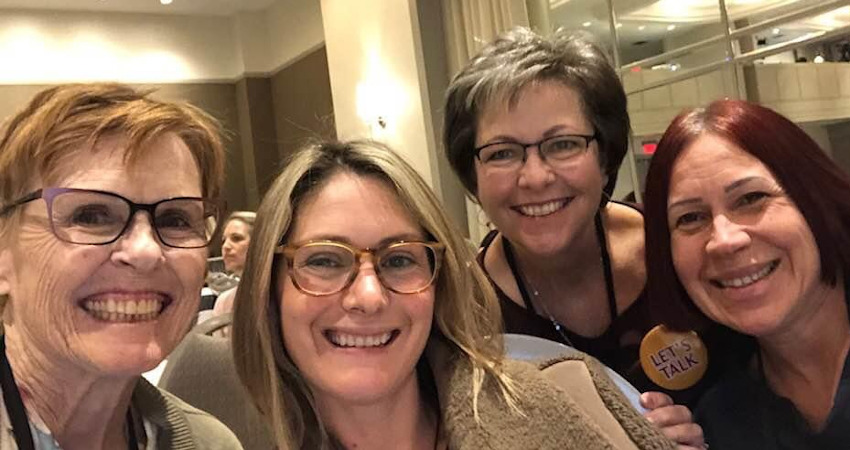
On Friday afternoon, I contacted my doctor’s office again and explained that rather than improving, I had worsened. The cough was so bad that I felt like I was drowning in mucous and the wheezing hadn’t improved at all. I felt that mucous plugs were blocking my lungs, and the labored breathing had increased. They asked me to come in the next morning, where one of the doctors would see me in their Saturday clinic.
I arrived early, mask on, struggling to breathe. The doctor listened to my lungs, proclaimed them to be “very junky,” and ordered a nebulizer treatment to be done in the exam room. He ordered a flu test, the second in 4 days. It was negative, just like the first. Once finished, he again listened to my lungs, and because they weren’t improved after the nebulizer treatment, he asked me to drive directly to the emergency room. The office still didn’t have any COVID-19 tests, but the doctor said they should be able to test me at the ER.
I drove to an ER nearby, and was immediately ushered into an exam room. My husband was still in Indiana with his mother, so I went in solo. The ER doctor listened to my lungs, and again I was told they were “very junky.” He ordered bloodwork, a chest x-ray, and a few other tests, including a third flu test, despite the previous two being negative. I’m fairly certain that I didn’t have the flu.
After nearly 3 hours of waiting for the test results, the ER doctor said that all I needed was a change of antibiotics and cough medication. I didn’t have pneumonia, my bloodwork was all fairly normal, and when I asked about being tested for the coronavirus, he asked the questions according to Centers for Disease Control and Prevention criteria at that time. Had I traveled out of the country recently? No. Did I have known exposure to someone who had tested positive for COVID-19? No.
“You don’t fit the criteria for testing, so we won’t be doing one today,” he said. Needless to say, I left feeling horrible physically, and very disappointed that I still could not get testing after a full week of symptoms that fit the criteria for COVID-19.
My husband soon returned home. After he sanitized every surface in the house, we instituted a quarantine and physical distancing between us. He moved into a guest bedroom with an attached bathroom, and I was no longer allowed in the kitchen for any reason. I was isolated to two rooms in our house, my bedroom with bath, and a bonus room, which thankfully has a television and a nice outdoor view. He couldn’t believe that I still had not been tested for COVID-19, and to protect him we both wore masks in the house. Luckily, he’s a great cook and caregiver, so we hunkered down and waited for my improvement to begin. It didn’t happen.
Symptoms continued through Saturday, March 21, when I learned about drive-through testing at an urgent care facility about an hour north of us, so off we went. The CDC had relaxed the criteria for testing, so even though I was asked about known exposure and international travel at the drive-through site, it didn’t stop them from testing me. A quick nasal swab was done, it wasn’t nearly as invasive as the three flu swabs I’d had done at other facilities. “We’ll call you with results within 7 days,” they told me after completing the test. Finally – I was tested. I felt so accomplished by now. Whether positive or negative, I would have answers!
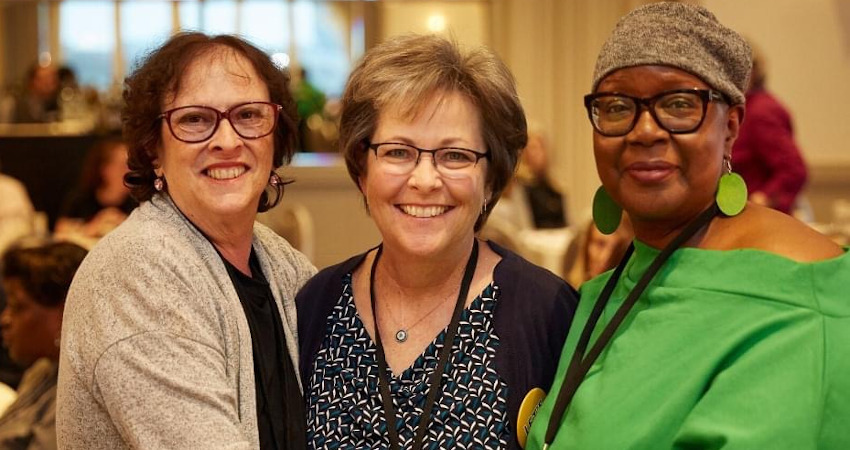
My MD Anderson appointment had now been rescheduled to April 6, while we waited for answers about my illness. It would now be more than 6 months between scans. Being NED for over 3 years, one would assume that it gets easier to wait for those results. It doesn’t. In fact, I need them even more, as the farther out I get, the more I worry about my cancer waking up, and learning that I have progression.
On the way home from the testing site, my doctor called and asked me to come to the office immediately. They had received five COVID-19 test kits, and she knew that my cough, wheezing, and labored breathing had not yet improved. I explained that I had just been tested at an urgent care drive-through, but she felt it was important to see me and listen to my lungs. Upon arrival, I was whisked to an exam room where my doctor, in full protective gear, examined me.
“Your lungs are a mess,” she exclaimed. I didn’t need a stethoscope to confirm that, I was still struggling to breathe. She insisted on using their test kit to swab for COVID-19, this time a throat swab. “We should have your test results within a week,” I was told. Once again, my treatment was changed.
By Sunday evening, I was feeling slight improvement. But, the cough, wheezing, and labored breathing were still present. My husband looked at me with fearful eyes every time I coughed. It scared me, too. The feeling that I couldn’t catch my breath was very frightening.
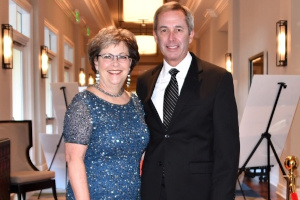
Gradually, I continued to improve, and by week 3 of symptoms I was no longer having labored breathing. It was now a matter of waiting for test results. A week came and went with no results, then 10 days, and by day 12 of waiting for results I contacted my doctor’s office and was told that, despite their pleas with LabCorp, they were not getting results in a timely manner.
On day 13 from testing, I received calls from the urgent care lab and my doctor’s office saying that my test results were negative for COVID-19. It had been nearly 4 weeks since my initial symptoms.
I’ve since learned more about the virus, and how timing can affect test results. I’ve also learned that this test is often wrong, with as many as 30 percent of test results being false negatives.
My doctor continued asking for progress reports and offering advice. She believes that I had the virus and had false negative test results, primarily because I was tested so late in my illness. She thinks that there was too little virus left for detection 2 full weeks after symptoms began.
As soon as I received negative test results, I messaged my oncologist at MD Anderson, hoping to keep my appointment. Unfortunately, due to travel restriction recommendations, she recommended that I delay my appointment further. I am now scheduled for May 4. I was told to be prepared that it may get delayed even further, possibly to June. None of this fits into my quest for answers.
I may or may not have COVID-19, or cancer growing, or both. If my PET/CT scan is delayed past May, I’ll be approaching 9 months without knowing what my cancer is up to. I am not OK with this lack of knowledge. My life feels like it’s in limbo, and that feeling of uncertainty makes me anxious. The only certainty is that, despite still having a mild cough and occasional wheezing, physically, I am feeling nearly back to normal.
We're here for you as the COVID-19 pandemic continues. Visit our COVID-19 resources page for information about the impact of COVID-19 on breast cancer care and tips to protect your emotional health during the stress and social distancing of the outbreak.
Stay connected
Sign up to receive emotional support, medical insight, personal stories, and more, delivered to your inbox weekly.
